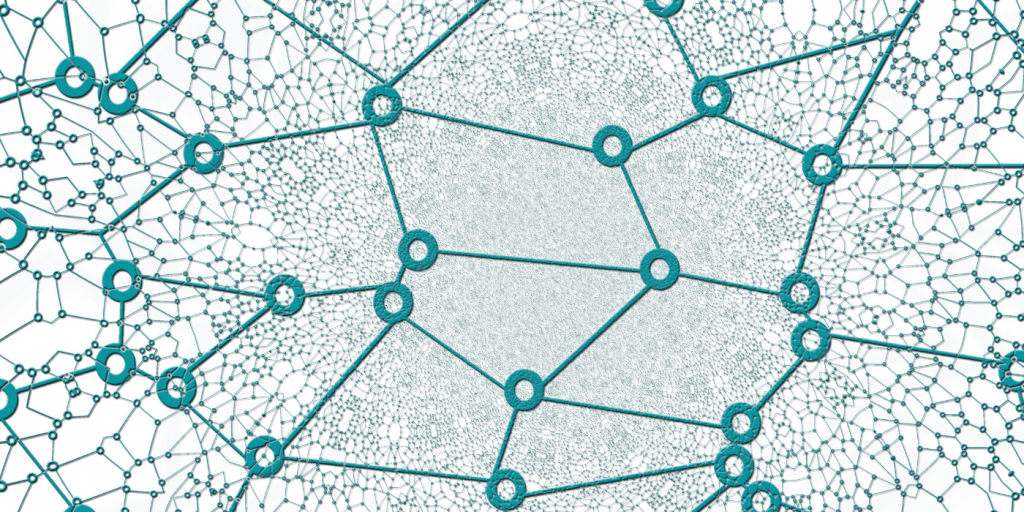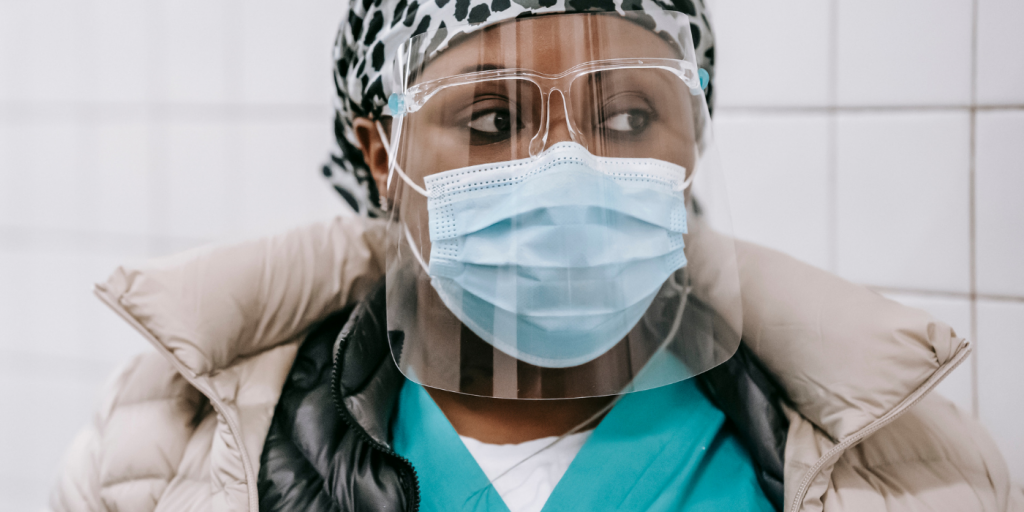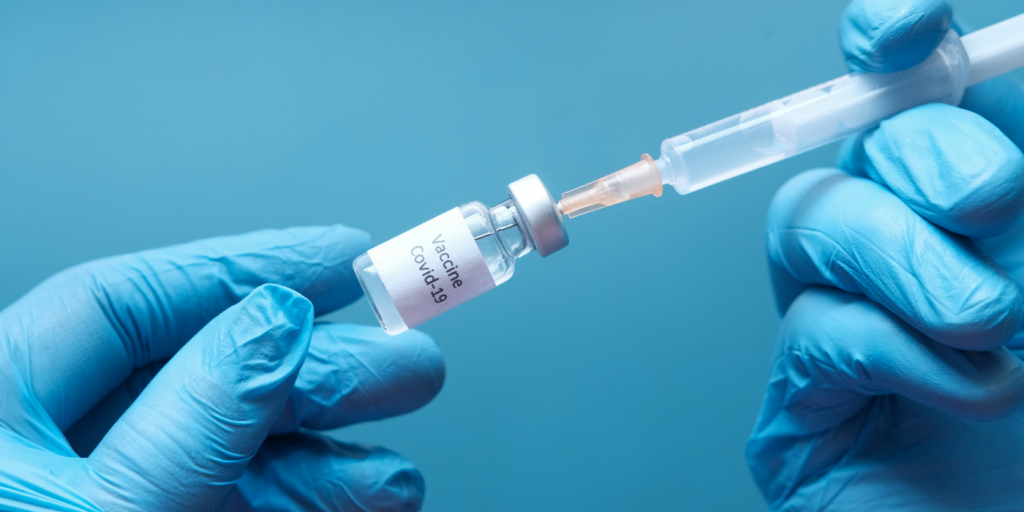Authors:Nora Ndege,Joanes Atela and Kennedy Mbeva
Introduction
The COVID-19 presents a greater global challenge with detrimental health and socioeconomic impacts. Throughout the fight against the COVID-19, the world has relied on Science Technology and Innovation (ST&I) as a frontline source of ideas and actions. In its basic form, ST&I comprises three main elements- Science which entails undertaking objective inquiry into particular subject matter and generating evidence that can inform decision making and other purposes. Technology implies tools, processes and capabilities while innovation implies the application of Science and Technology to support the translation of ideas, new products and processes- to create value and purpose. These three domains have been applied in different ways to combat COVID-19 including medical solutions, awareness creation and information dissemination towards behavior change. This blog explores options through which ST&I interacts with COVID-19 impacts and management in Africa and proposes some key areas for strengthening moving forward.
APPLICATIONS OF SCIENCE TECHNOLOGY AND INNOVATION IN THE FIGHT OF COVID-19
Science, Technology and Innovation are supporting various countries to address different aspects of the current pandemic. Particularly, science and research systems in Africa have supported rapid response and surveillance mechanisms. Surveillance which entails data collection about the spread of the diseases and various analysis to inform planning, implementation and evaluation of public health practices has been supported through initiatives such as the national research centers. In Kenya for example, the Kenya Medical Research Institute (KEMRI) and universities have taken up roles in National Emergency response committees to inform surveillance efforts. The data generated through such efforts has helped monitor the spread of the virus while identifying various transmission routes as well as contact tracing. According to the World Health Organization (WHO), surveillance is useful as it provides information to government and policy makers to limit spread and manage the impacts of COVID-19. Surveillance also provides the public with information to avoid anxiety and help citizens’ work hand in hand with their governments in the fight against COVID-19. There is a need to continue strengthening these research and scientific systems as research centers of excellence in Africa even post COVID-19.
Research, technology and innovations have supported proper diagnosis for the COVID-19 in coming up with testing kits, drugs, medical supplies etc. A recent article by the World Economic Forum advocates for leveraging the “latest advances in scientific and technological innovation, and cooperation between industry, governments and international organizations” in order to win the war against the Corona virus. Indeed we have seen applications of innovations and scientific technological solutions in the development of testing kits that are able to test and results achieved within the shortest time possible. Data applications have also supported these efforts. In Algeria for example, collaborative efforts with the Ministry of Health have supported development of free self-monitoring and self-diagnostic to provide health information while in Uganda, researchers at Makerere University have developed low-cost rapid test kit prototypes.
Innovations both in the formal and informal sectors have come handy to support broad-based solutions to fight the disease. Supply chains, one of the most affected areas due to lock downs, social distancing and dusk to dawn curfews have seen advancement of technological solutions. While developed nations such as China have invested in new infrastructure through the launch of 5G internet to support processing of huge online orders, African countries with the example of Kenya have invested in Google loons which has seen increased internet coverage in rural areas with previously limited internet coverage to support continued urban rural migrations. There is a need to ensure that useful technologies developed elsewhere are transferable to support equitable development.
With increased applications of ST&I in the examples outlined, the good news is that there is increasing R&D funding generally to support ST&I to combat COVID-19. A number of interventions and strategies have recently been launched. For example, countries like Kenya, South Africa, have launched various short calls for research proposals through partnerships that support effective interventions and strategies that can inform short term and long term solutions for the Corona virus. Others like Nigeria are providing funding opportunities to startups’ to develop innovative solutions for COVID-19. However, some level of caution has been heralded by experts on the need to better coordinate various agencies, line ministries and policy makers across these initiatives for greater gains. Of particular importance will also be the support to design these funding calls for sustainability where the short term impacts are considered as well as the long term impacts of strengthening ST&I in the individual countries.
LESSONS FOR SCIENCE POLICY
With the examples highlighted, ST&I has potential to contribute to fighting current and future pandemics. Below we highlight a number of lessons for science policy.
Supporting scientific predictions
To better prepare for future pandemics, scientific predictions need to be taken seriously to prevent pandemics from happening and being severe. For a long time now, scientific predictions of catastrophes such as climate change, fires and floods have been made. Action needs to be taken today on such predictions by developing appropriate policy responses. Learning from COVID-19, scientists have strived to enhance public trust through supporting predictions about infection rates, surveillance efforts and foresight analysis that have helped in planning economically including putting lock-down measures. Therefore, the current scientific predictions should be taken seriously and also involve the public to not only help the public gain confidence in science but also help the public prepare better.
Design scientific advice systems to bridge science and public policy.
To enhance public trust in science, there is need to pay more attention to engaging and communicating science or research evidence on disasters and pandemics with wider public and stakeholders. This ideally requires co-producing evidence together with the citizens and ensuring that some of the technical findings are broken down into forms that are easily understandable by the target public. This is key in setting fundamental people centered policies and action plans post-COVID and ensuring that people are more empowered to take action and embrace culture shifts in times of such pandemics. The experience with COVID-19 has particularly shown that people’s ability to internalize evidence and be aware of facts is critical in promoting behavior change and strengthening resilience to pandemics such as COVID-19. Moving forward, science will continue to play a key role in cushioning the society against pandemics but Africa will need to embrace structural changes where new shifts of change in science systems are supported to ensure relevance, applicability and usability. Options such as creation of new scientific advisory mechanisms locally, regionally and internationally for preparing for future catastrophes including the Sustainable Development Goals (SDGs) could be considered. Such mechanisms could leverage on networks such as the African Research and Impact Network, African Academy of Sciences and Future Africa which are already aiming to link science to society in mutual ways.
Better coordination of ST&I efforts particularly in developing nations
There is a need for better coordination to support collective efforts in advancing scientific and technological innovations. This is because various state and non-state actors in individual countries have come up with varied strategies and mechanisms to combat the COVID-19 pandemic. Strategies that include development of rapid response kits, ventilators, funding for drug and vaccines development as well as support of local production of personal protective equipment for COVID-19 have proven effective in coming up with response strategies. For example, the various funding programs for innovative solutions have resulted in a number of prototype technologies and innovation in individual countries. In Nigeria alone, over 100 innovations related to COVID-19 have been developed while over 90 developed in South Africa. Such innovations while important need scaling efforts and better cross sectoral coordination for maximum impact. These and other ST&I efforts will need much better coordination for long term gains, a key learning post COVID and in fighting future catastrophes.
Strengthen national capacities for science based decision making across all countries
The pandemic has realized the need to mobilize national ST&I capabilities including funding systems for R&D to come up with country specific solutions. These COVID-19 times have seen most of the African countries mobilize resources nationally and through partnerships to conduct research, support development of innovations as well as support local capabilities in research, technology and innovation. While we see a number of African researchers stepping in to lead research teams particularly in the health sector, still more research investments are needed in other sectors including in areas of climate change that have affected African countries. Newer challenges are also coming with the Corona virus effect that need urgent policy responses. For example, we have now seen massive migration of urban people to rural areas because of easing lock-downs and loss of jobs. This presents an opportunity to mobilize capabilities built over time in ST&I where urban rural immigrants can be supported to put into use the skill sets gained over time.
Support access to innovations including technological innovations in general
The development of technological innovations is unprecedented in the COVID-19 era. Even with such development, there is a need to collectively develop technologies that are not only inclusive in nature but also sustainable post the pandemic. Globally, various data applications have been developed to support access to health, ensure efficiency in the supply chains etc. The launch of the recently 5G network in China is one such example. Regionally, we have seen advancement of the mobile payment systems like MPESA in Kenya supported to avoid paper transactions to reduce virus transmission. These innovations are proving useful in the various countries and will need cascading to other countries to be mutually benefiting. There is also an opportunity for reverse innovations where technologies and innovations in developing nations could be learned and adopted by the high income in response to future pandemics. This will also be a holistic strategy in supporting achievement of the SDGs.
Design of ST&I policies beyond competitiveness to advance societal goals
The COVID-19 situation has revived the long standing debate to change the ST&I paradigm from addressing competitiveness to including social ethics and human well-being. This involves supporting interventions and ST&I investments that support the achievement of defined social goals. Several national agencies and international bodies have redirected resources through R&D partnerships between public research, business and other stakeholders to address the pandemic. There is a need to continuously recognize broad areas such as agriculture, energy in formulating modern science policy that serves to ensure issues such as climate change, biodiversity and health issues are addressed. A recent study on re-orienting ST&I for SDG’s has also supported the need to design ST&I ecosystem properly beyond competitiveness but amend priorities to deliver for both R&D results, competitiveness and societal goals. Therefore post-COVID-19, science and society interfaces will need to be strengthened to also achieve the SDGs.
WAY FORWARD
The contribution of ST&I is key in tackling the current health pandemic but also in supporting post COVID- 19 recovery efforts. A number of lessons are also key in addressing the pressing sustainable development challenges such as climate change and inequality. While it is impossible to predict future pandemics, lessons such as paying more attention to current science predictions , better design of ST&I policies, better coordination of ST&I policies, strengthening current ST&I national capacities offers useful lessons for successful policy making with regards to high uncertainty presented by future pandemics.



